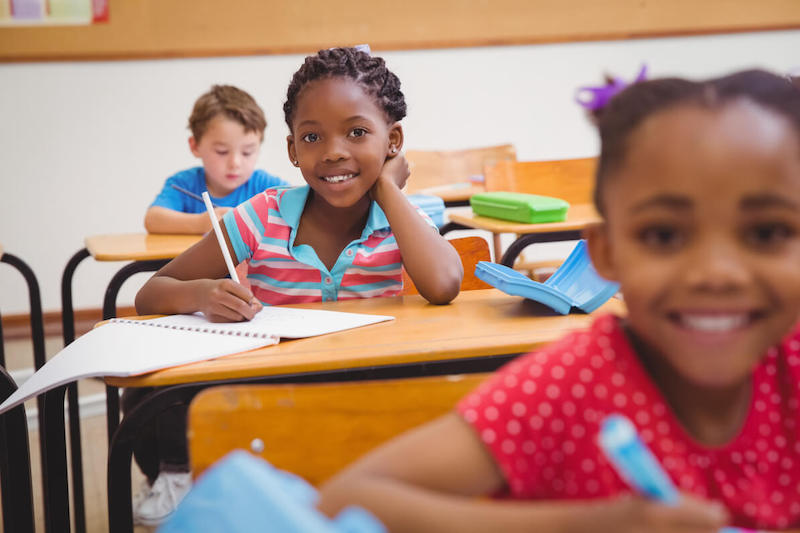In the struggle against the unfolding COVID-19 pandemic, the role of ventilation in indoor spaces continues to be vital. A 2022 study from Italy’s Marche region sheds light on a key aspect of this: how more ventilation can impact the transmission of SARS-CoV-2 in indoor spaces in schools. This study explores how fresh air can be a potent partner in efforts to keep students and staff safe.
Ventilation is the process of bringing fresh outdoor air into indoor spaces while getting rid of stale indoor air. It plays a key role in slowing airborne transmission. Proper ventilation dilutes the concentration of virus in the air, which lowers the risk of infection. However, the direct impact of ventilation on indoor transmission, especially in schools, had not been well studied before this research.
This study sought to measure the strength of the association between ventilation and SARS-CoV-2 transmission in schools. The study gathered data from over 10,000 classrooms, with some equipped with mechanical ventilation systems (MVSs) and others relying on natural ventilation (opening windows and doors). They found:
- Mechanical Ventilation Systems Work Well: Classrooms equipped with MVSs showed a major reduction in the relative risk of infection among students compared to those with only natural ventilation. The risk decreased by at least 74%.
- Ventilation Rates Matter: The study revealed that higher ventilation rates, exceeding 10 liters per second per student, offered even greater reductions in the risk of infection, reaching levels of at least 80%.
- Consistency with Theoretical Models: The study’s results validated an approach to estimate the risk of SARS-CoV-2 airborne transmission. This means that we can now assess the risk of airborne transmission in various indoor spaces, not just schools.
Why Schools
Schools are particularly critical when it comes to indoor air quality. They often have high crowding levels, long exposure times, and poor ventilation. This makes them likely hotspots for disease transmission. And new variants have spread faster among adolescents and children.
Conclusion
As we traverse the problems posed by the COVID-19 pandemic, the importance of ventilation in indoor spaces like schools cannot be overplayed. Increasing ventilation, especially through the use of mechanical ventilation systems, is a powerful strategy for reducing the risk of SARS-CoV-2 transmission. By ensuring classrooms and other indoor spaces are well-ventilated, we can take serious actions to safeguard the health of students, teachers, and staff, while also setting an example for better indoor air quality in all public spaces.
